-
Productos endoscópicos y accesorios
- Juego de succión e irrigación endoscópica
- Tubos de insuflación
- Aguja Veress
- Tubo de insuflador calado de alto flujo
- Válvulas endoscópicos de un solo uso
-
Mangas de cámara endoscopio
- Cámara endoscópica de cambio rápido
- Cámara endoscópica de alta definición
- Drape para cámara endoscópica de extremo elastomérico
- Anillo de cámara endoscópica plegable
- Manga de cámara endoscopia plegada telescópicamente con extremo de cambio rápido
- Manga de cámara endoscopia plegada telescópicamente con extremo elástico
- Conjunto de riego Artroscopia
- Tubería de riego
- Casquillo del sistema de enjuague
- Cepillos de limpieza de canal de endoscopia
- Trampa de pólipo
-
Respiratorio
- Cánula de oxígeno nasal
- Máscara de capnografía
- Máscara de oxígeno
- Máscara no rerespirable
- Venturi Máscara
- Máscara Multi-Vent
- Máscara Nebulizador
- Nebulizador con pieza de boca
- Máscara de traqueostomía
- Ezscope desechable™Broncho Pro
- Boquilla de válvula unidireccional
- Clip de nariz
- Kit de boquillas y filtro ABC
- Ejercitador de respiración
- Catéter de succión cerrado
- Catéter de succión
- Válvula de vacío de control de moco
- Trampa de muestras de moco
- Extractor de moco
- Extractor de moco con funda protectora
- Tubo de aspiración desechable
- Anestesia
-
Gestión de las vías respiratorias
- Vía aérea orofaríngea
- Vía aérea nasofaríngea
-
Máscara laríngea vía aérea
- Estándar PVC máscara laríngea vía aérea
- PVC reforzado máscara laríngea vía aérea
- 90 grados PVC máscara laríngea vía aérea
- Máscara laríngea de silicona estándar de las vías respiratorias
- Silicona reforzada máscara laríngea vía aérea
- Máscara laríngea reutilizable vía aérea
- Máscara laríngea reutilizable reforzada vía aérea
-
Tubo de traqueostomía
- Tubo de traqueostomía ajustable celeste
- Tubo de traquestomía celeste con neosucción
- Tubo de traquestomía reforzado celeste
- Tubo de traqueotomía serenidad
- Kit de tubo de traqueotomía serenidad
- Tubo de traqueotomía serenidad con neosucción
- Kit de tubo de traqueotomía serenidad con neosucción
- Tubo de traqueotomía fenestrada de Grasmere
- Kit de tubo de traqueotomía de Grasmere fenestrated
- Tubo de traqueostomía no ajustable de Azure
- Tubo de traqueostomía tipo S
- Tubo de traqueostomía de Pedii
- Tubo endotraqueal
- Introductor del tubo endotraqueal
- Estilete de Intubación
-
Cirugía de succión
- Mango Yankauer Flexi-transparente
-
Mango Yankauer
- Manija Yankauer SpeedFlow
- Punta Lisa Yankauer
- Punta de brida Yankauer
- Punta cónica Yankauer
- Yankauer encendido/apagado con punta lisa
- Yankauer encendido/apagado con punta cónica
- Punta de bombilla Yankauer
- Punta de corona Yankauer
- Mango de succión flexible Poole
- Mango CH30 Yankauer y tubo de conexión de succión CH35
- Punta lisa de dos piezas Yankauer
- Punta de pico de pato Yankauer
- Mango de succión Poole
- Tubo de succión ENT
- Sonda de succión
- Yankauer ortopédico/ortopédico
- Aspirador punta quirúrgica
- Tubo de conexión de succión
- Revestimiento de succión suave
- Recipiente rígido de succión
- Bote de succión con kit de filtro
- Recipiente exterior reutilizable
- Sistema de drenaje de heridas al vacío
- Ligador de bandas hemorroides
- Conector
- Adaptador de control de vacío
- Cirugía Cardiotorácica
- Productos y accesorios laparascópicos
- Ginecología
-
Urología
- CathVantage™Catéter Intermitente Hidrofílico Portátil
-
Juego de riego Cysto/Vejiga
- Set de riego de vejiga M-easy
- Juego de riego de vejiga B-cylind
- Juego de riego de vejiga S-tur
- Juego de riego de vejiga S-uni
- Juego de riego de vejiga B-uro
- Juego de riego de vejiga Premi
- J-bomba de riego de vejiga Set
- Juego de riego de vejiga J-tur
- H-bomba de riego de vejiga Set
- Juego de riego de vejiga Sup-flow
- Juego de riego de arce
- Juego de riego de peonía
- Catéter Nelaton
- Bolsa de drenaje urinario
- Bolsa de pierna de drenaje urinario
- Kits Enema
- Kits de baño Sitz
- Haga clic en Seal Specimen Container
- Silicona catéter Masculino
- Catéter y adaptador de espita
- Polla de parada de tres vías
- Juego de riego de sándalo
- Conjunto de riego Freesia
- Juego de riego de narciso
-
Cirugía General
- Sistema atomizador de perfusión
- Tubo de sumidero gástrico
- Aplicador de polvo hemostático
- Cubierta magnética
- Inmovilizador quirúrgico de la mano
- Conjunto de administración para la sangre
- Juego de riego dental
- Jeringa de oído/úlcera
- Jeringa de irrigación de bulbo
- Jeringa de riego Toomey
- Jeringa de irrigación dental
- Dispositivo de decantación
- Cánula de mezcla
- Dispositivo de atomización mucosal
- Revestimiento de lavabo/cortina de lavabo
- Cubierta de la manija de la cámara
- Cubierta de la manija de la luz
- Cepillo médico
- Palo de esponja
- Sutura Retriever
- Contador de agujas
- Tubo de calibración desechable
- Infusor de presión
- Casquillo de heparina
- Tapa de protección
- 100ML bulbo jeringa de riego
- Marcador escleral
- Mango de luz quirúrgica
- Nutrición Enteral
- Equipo médico duradero
- Equipo de protección personal
- Productos COVID-19
- Dispositivo Médico PVC-FREE
- Departamento de E.N.T
- Soluciones de gestión de la temperatura
- Operación
- Sistema de manipulación del paciente
- Emergencia
-
-
 2024 HOSPITALARApr 28 , 2024
2024 HOSPITALARApr 28 , 2024 -
-
-
Mango Yankauer
Los mangos Yankauer conectados al tubo de conexión de succión se utilizan para succionar secreciones orofaríngeas con el fin de evitar la aspiración. Además, se puede utilizar un yankauer para limpiar los sitios operativos durante los procedimientos quirúrgicos y su volumen succionado se puede contar como pérdida de sangre durante la cirugía.
Nuevo producto: Mango CH30 Yankauer y tubo de conexión CH35.
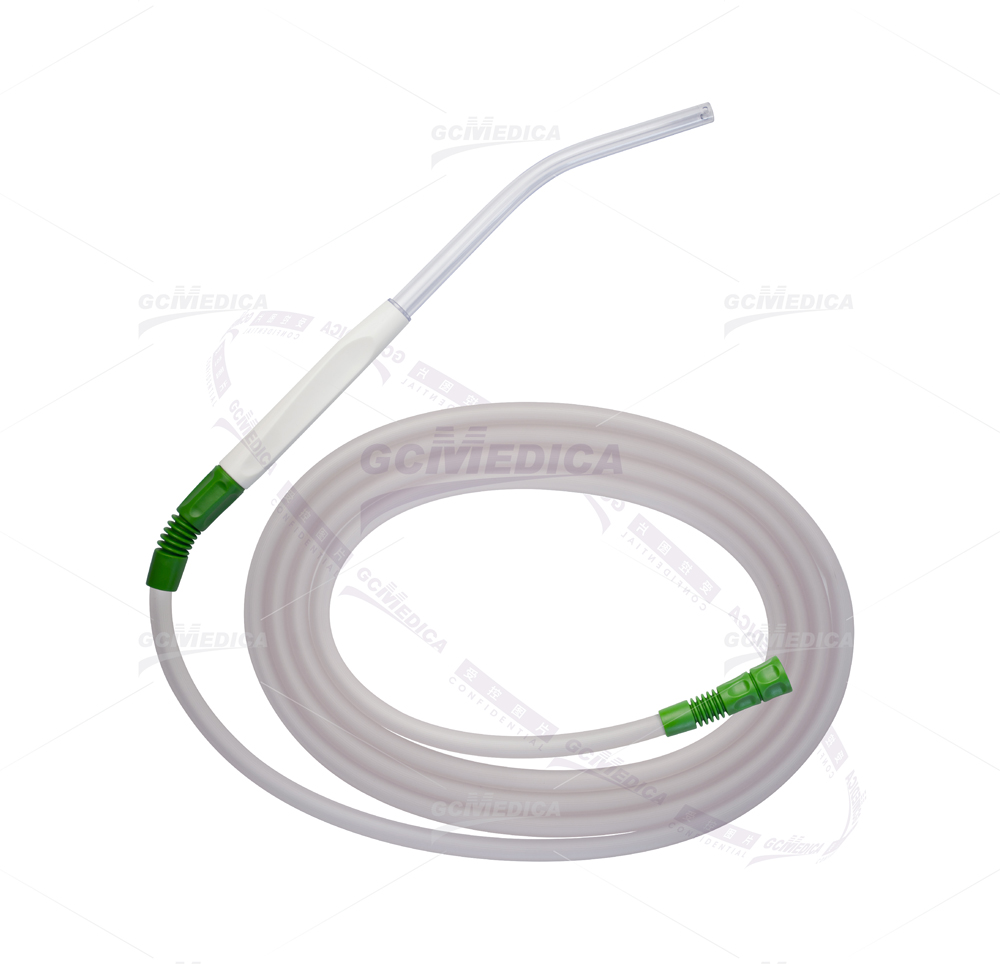
El mango CH30 Yankauer y el tubo de conexión CH35 esDispositivos de succión de gran tamañoHecho de PVC. Cuentan con un OD de 11,7mm, un tubo de 3,5 m de longitud y un diseño Yankauer de dos piezas con una punta plana perforada. Las opciones incluyen con o sin válvula de control para satisfacer diferentes necesidades quirúrgicas.
Longitudes personalizables basadas en las necesidades específicas del cliente.
La construcción ligera reduce la fatiga de la mano en operaciones prolongadas.
Tipo de mango Yankauer
GCMEDICA ofrece más de 90 tipos de consejos yankauer, lo que garantiza que encontrará el tipo específico que necesita.
Applications in Medical Procedures
The Yankauer Handle, a staple in medical facilities worldwide, has evolved to become a versatile tool in various medical interventions. Its design, featuring a firm yet maneuverable suction tip, enables healthcare professionals to perform with precision and efficiency.
1. Oral Suctioning
Originally designed for oral suction, the Yankauer Handle remains a primary tool in this domain. It is used extensively in dental procedures, airway management during surgeries, and emergency settings. Its ability to effectively clear the oral cavity of saliva, blood, or other obstructions makes it vital in maintaining a clear airway, thereby preventing aspiration and ensuring patient safety.
2. Surgical Applications
In surgical settings, the Yankauer Handle is indispensable. Surgeons rely on it for clear visibility, using it to remove blood and other fluids from the operative field. This not only provides a better view of the surgical area but also reduces the risk of postoperative infections.
3. Wound Cleaning and Care
Beyond surgeries, the Yankauer Handle finds its use in general wound care. It aids in gentle yet effective cleaning of wounds, removing debris and exudate, which is crucial in preventing infection and promoting faster healing.
4. Gastroenterology
In gastroenterological procedures, such as endoscopies, the Yankauer Handle helps in maintaining a clear field by removing excess fluids, ensuring that the procedures are carried out smoothly and efficiently.
5. Emergency Situations
In emergency medicine, the Yankauer Handle is a lifesaver. Its use in quickly clearing airways in cases of trauma or respiratory distress is critical. Its robust design allows for rapid, effective suctioning, which can be crucial in life-saving situations.
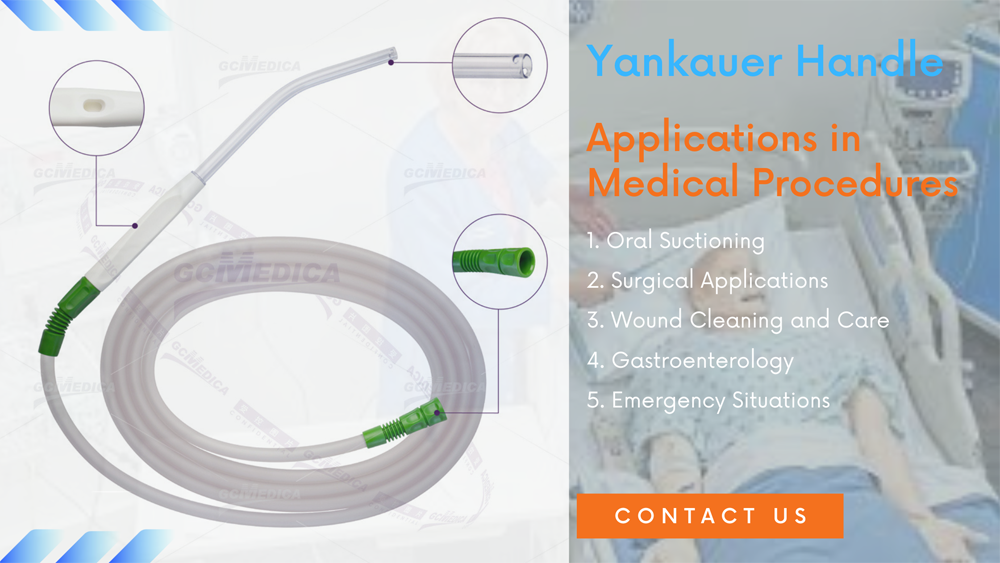
Maintenance and Sterilization of the Yankauer Handle
Maintaining the Yankauer Handle is crucial for its longevity and effectiveness. Proper care ensures patient safety and preserves the integrity of this vital tool. Here are key guidelines:
1. Cleaning Procedures
After each use, the Yankauer Handle must be thoroughly cleaned. This involves rinsing it under running water to remove debris and bodily fluids. Using mild detergents can help in effectively cleaning the surface without damaging the material.
2. Sterilization Techniques
Sterilization is crucial for infection control. The Yankauer Handle can be sterilized using various methods such as autoclaving, ethylene oxide, or hydrogen peroxide plasma. Each method has its advantages and is chosen based on the facility's capabilities and the handle's material composition.
3. Regular Inspections
Regular inspections are essential to ensure the handle's functionality. Checking for cracks, wear, or damage is crucial, as these can compromise its effectiveness and safety. Any damaged handles should be replaced immediately.
4. Storage Practices
Proper storage is as important as cleaning. The Yankauer Handle should be stored in a dry, clean environment to prevent contamination. Many facilities use sealed containers or designated storage areas to ensure the handle remains sterile until its next use.
5. Training and Awareness
Finally, training medical staff on the proper care and handling of the Yankauer Handle is vital. Awareness about its maintenance ensures that all staff members follow the protocols, maintaining a high standard of patient care and safety.
Frequently Asked Questions (FAQs) for Yankauer Handle
Q1: How do you use a Yankauer Handle?
A1: Using a Yankauer Handle involves a few key steps. Firstly, it must be connected to a suction source. Once connected, the healthcare professional can activate the suction. The tip of the Yankauer is carefully inserted into the area where suction is needed, such as the mouth or surgical site. The user must gently maneuver the handle, ensuring that the tip does not harm the surrounding tissue. It's often used to remove fluids or debris, ensuring a clear field of view or a clear airway. The procedure requires skill and precision to avoid causing any injury or discomfort.
Q2: What is a suction handle used for?
A2: A suction handle, like the Yankauer, is used primarily to remove liquids and debris from a patient's body during medical procedures. In surgical contexts, it keeps the field clear by aspirating blood, saline, and other fluids. In dental or oral procedures, it helps maintain a clear airway by removing saliva, blood, or vomit. In emergency medical situations, it can be a critical tool for preventing aspiration and maintaining clear airways. Its design allows for targeted suction, making it an invaluable tool in various medical scenarios.
Q3: How is the Yankauer Handle sterilized?
A3: Sterilization can be achieved through various methods such as autoclaving, ethylene oxide, or hydrogen peroxide plasma. The method chosen depends on the handle's material and the available resources of the medical facility.
Q4: What materials are used to make Yankauer Handles?
A4: Yankauer Handles are typically made from durable materials like stainless steel or plastic. The choice of material depends on the intended use and the need for sterilization compatibility.
Q5: How do you pronounce Yankauer?
A5: The name "Yankauer" is pronounced as "Yang-kow-er." The emphasis is on the first syllable, 'Yang', which rhymes with 'bang.' The second part, 'kow', is pronounced like the word 'cow', and the last syllable, 'er', sounds like the 'er' in 'her' or 'sir.' This pronunciation is widely accepted in medical communities globally and is named after the inventor, Sidney Yankauer, who was an American otolaryngologist.
Customer Reviews for GCmedica Yankauer Handle
1.Nadia Boucher
★ ★ ★ ★ ★"As a surgical nurse, the Yankauer Handle is a tool I rely on daily. Its effectiveness in maintaining a clear surgical site is unparalleled. Plus, its ease of sterilization makes it a hygienic and safe choice for patient care."


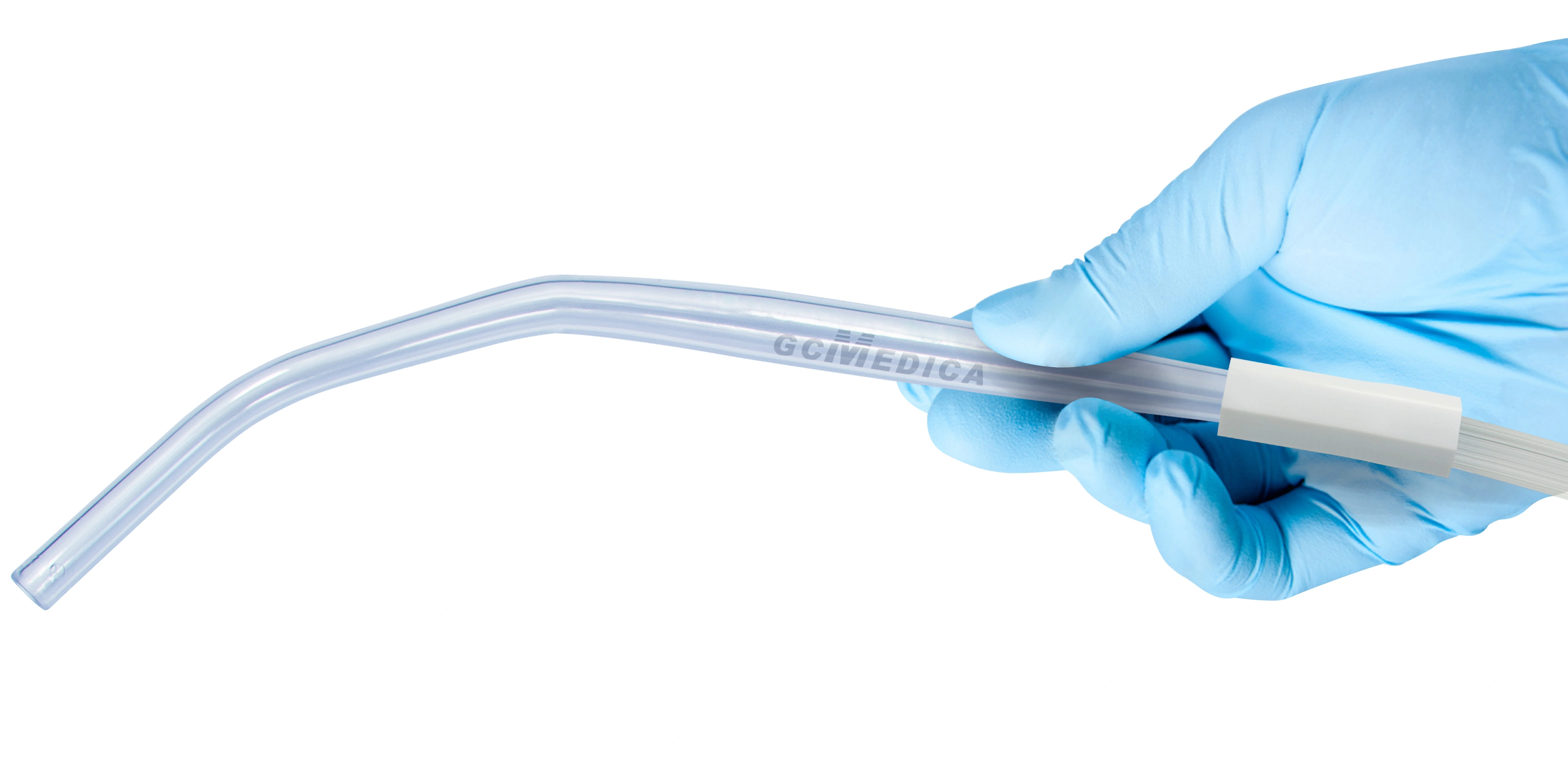

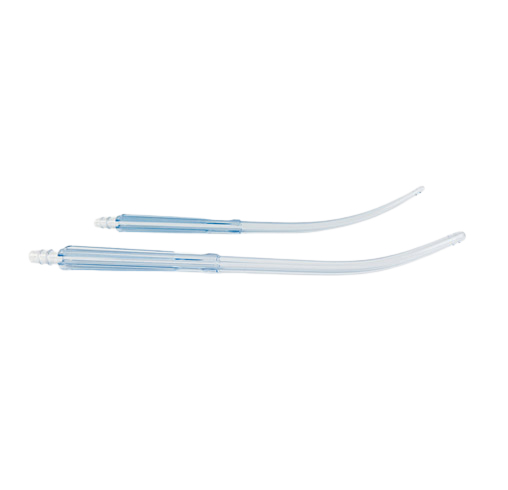
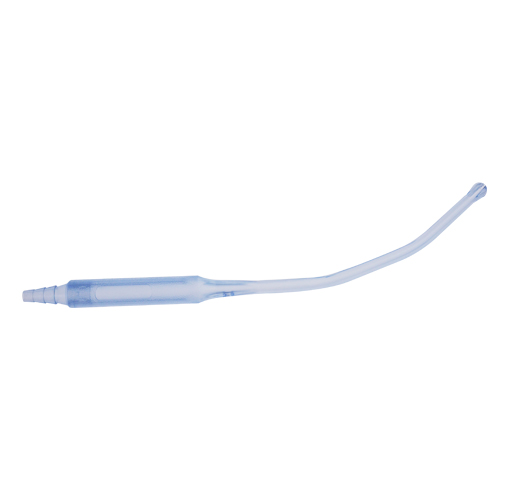
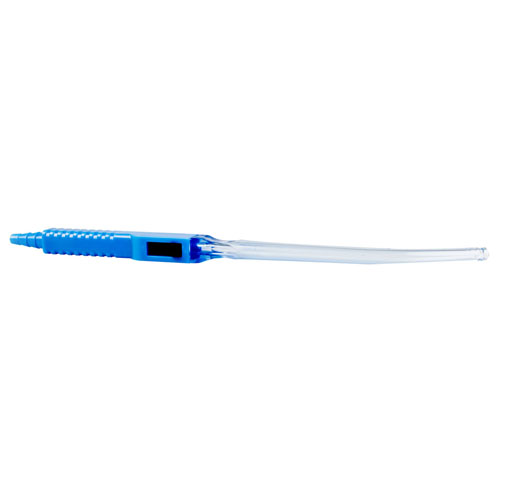

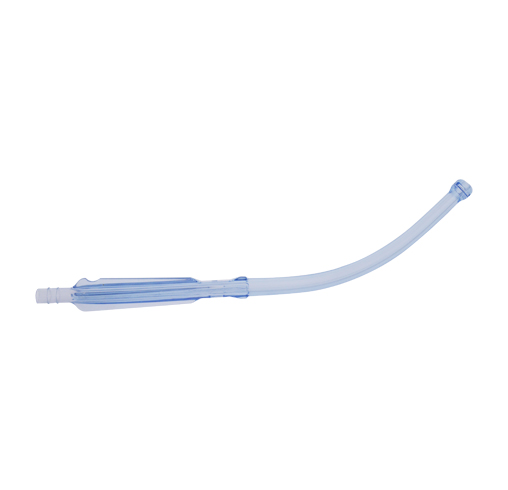
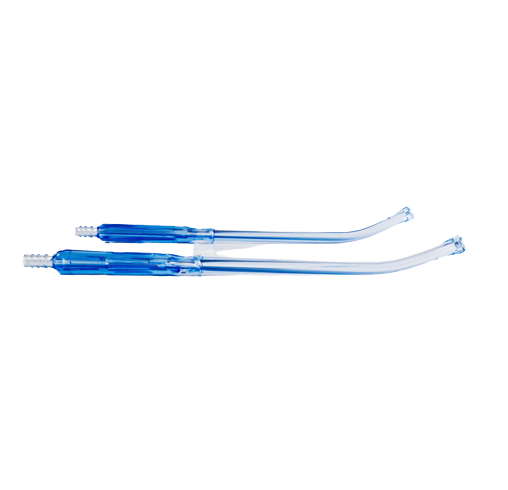
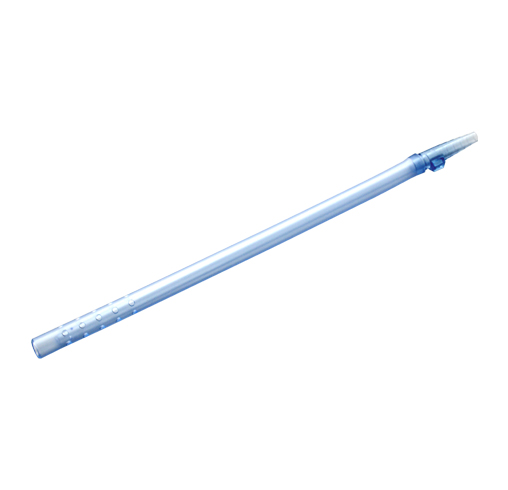
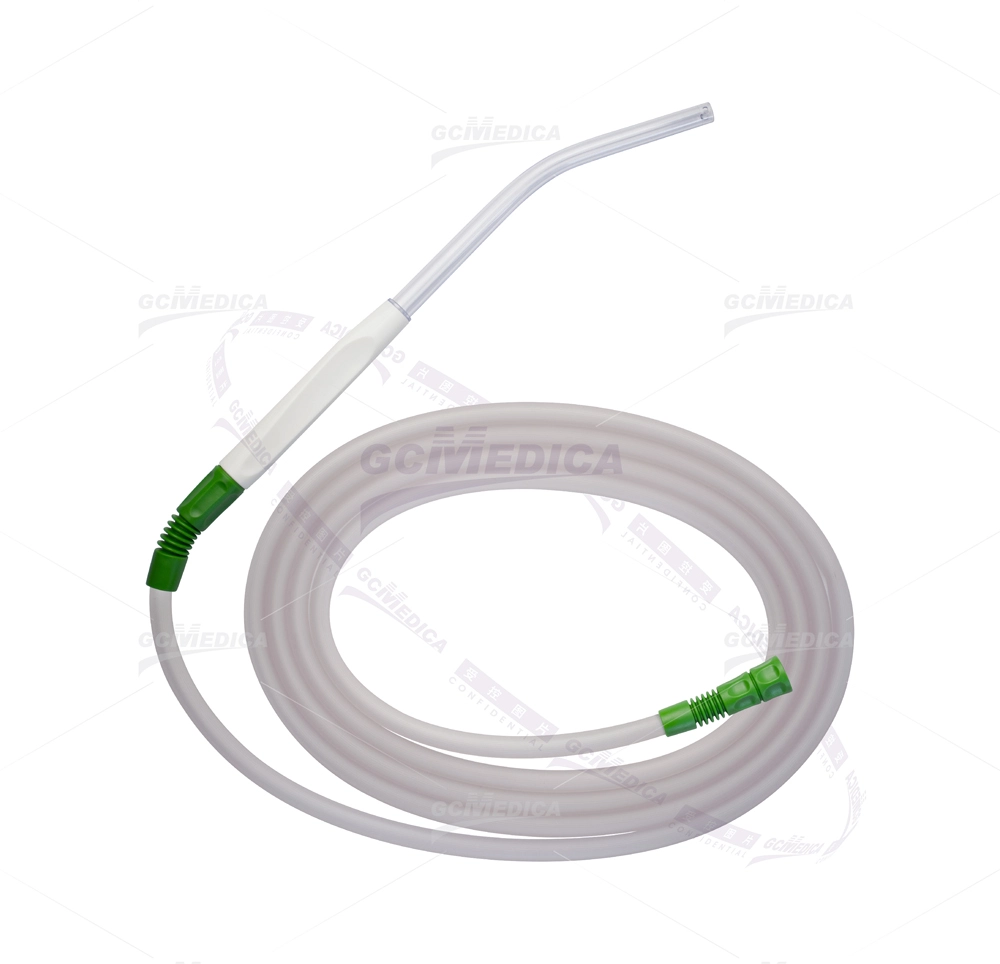
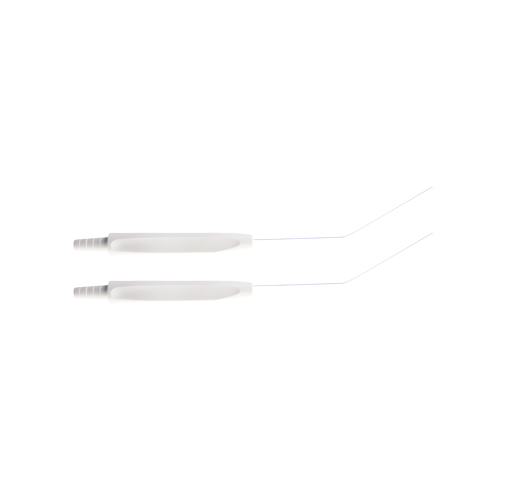
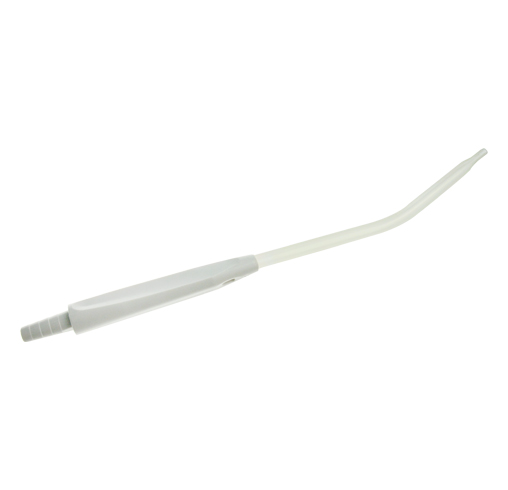
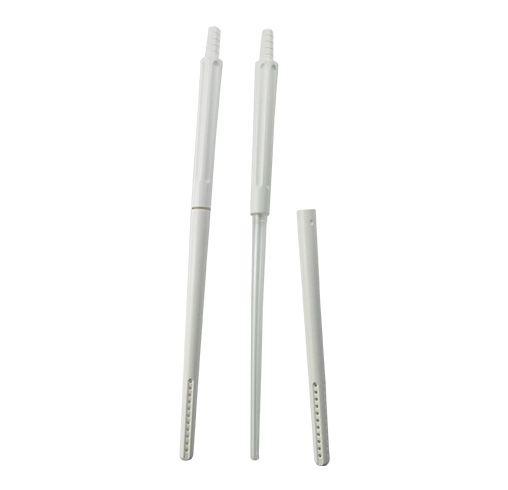

 +
+
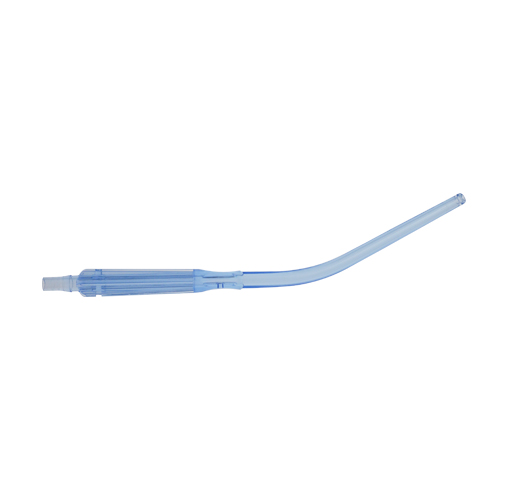 +
+
 +
+